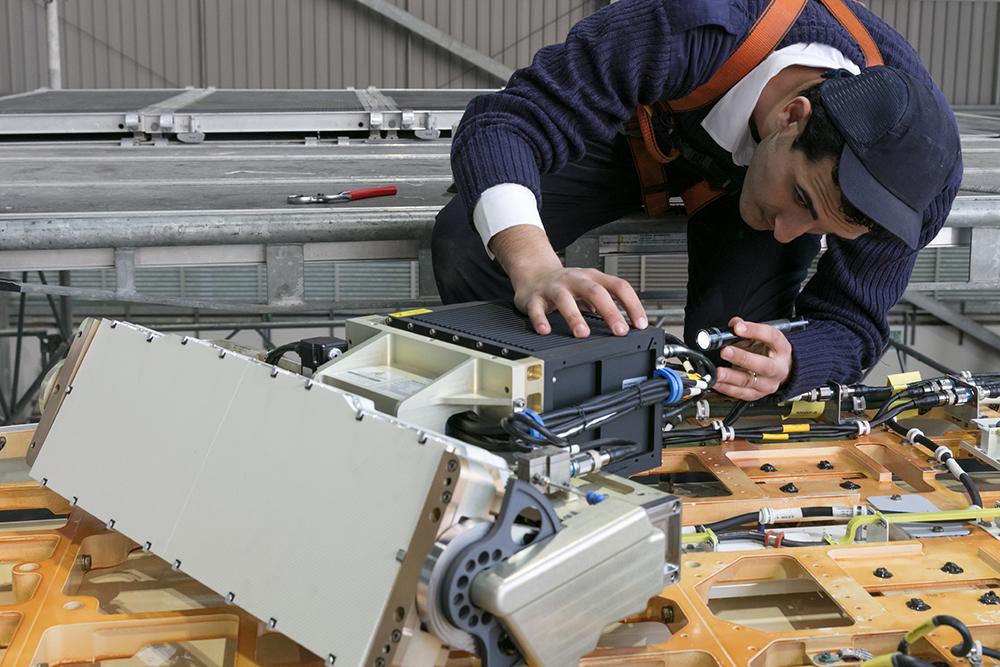
The Independent Aircraft Modifier Alliance (IAMA) has rolled out the newest version of its rulebook and a new request for proposal (RFP) service aimed at simplifying collaboration between aircraft modifications stakeholders.
According to Nicole Noack, managing director, IAMA, the RFP service was spurred by an influx of potential airline customers asking the association for recommendations on companies that perform modifications to IAMA standards. Companies can now fill out an RFP form on the IAMA web site and the association will connect them with member companies that offer the relevant capabilities. The service is currently being handled manually, although Noack says IAMA is considering a more automated version of the platform in the future.
Its rulebook, which features standardized processes and best practices for aircraft modifications that IAMA member companies agree to follow, has also received some updates. The rulebook now features steps design organizations should take with customers to handle validation during the RFP process up through the first approval. It also now includes best practices for design organizations in areas such as project management, monitoring and communications—all of which mirror the International Air Transport Association’s best practices.
Moving forward, IAMA is looking into pitfalls its members experience when trying to obtain cross authority validation and certification, particularly in the Asia-Pacific and Latin American regions. It recently partnered with The Latin American and South American Airlines Association to look into cross authority validation with Brazil’s National Civil Aviation Agency and it is examining certification processes between Europe and the Civil Aviation Administration of China.
Noack says one of IAMA’s major focuses continues to be collaboration with OEMs on modification processes, such as how to approach situations where an OEM service bulletin conflicts with already completed modifications.
“At the end it’s always about data and everyone who modifies an aircraft needs to know about the others,” says Noack. “We believe if you put some standardization and common understanding about that in place, that will help everyone to be more efficient in those kinds of modifications.”
Moving into 2022, Noack also foresees some changes to cabin modification trends. While most modifications during the pandemic have focused on installing hygienic cabin features or performing temporary cargo conversions, Noack says IAMA is starting to see more requests for cabin modifications in line with long-term fleet outlook, such as in-flight entertainment systems and premium economy seating. “The planning is coming back,” says Noack, although she notes that long lead times for these types of modification projects means the industry likely won’t see them start back up again until sometime in 2022.
Noack also notes that cargo conversions are still a hot topic, especially with older fleets. “It might not be as high priority a topic a year ago, but you still see that the fleets are not entering back into the air, so there is a need for not only temporary modifications, but also full passenger-to-cargo modifications,” she says.





